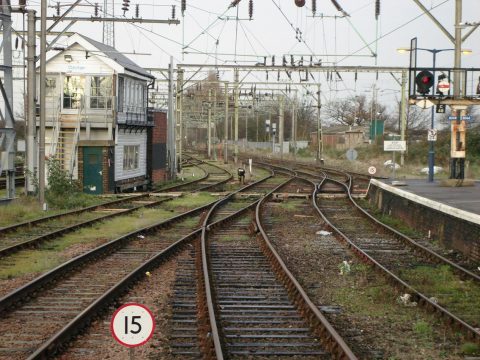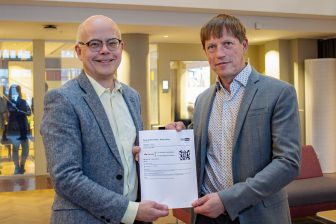
UK signalling market not competitive enough, says regulator
source: Network Rail
The railway signalling market in the United Kingdom has too little suppliers, high costs, and Network Rail does not have the procurement practices in place to benefit from its considerable buyer power. That says the Office of Rail and Road (ORR), the UK’s independent railway regulator.
Want to read more?
You have read all of your free premium articles for this month. Please become a subscriber to keep reading.
Subscribe now!
Take advantage of our exclusive offer to get full access to all premium content.



